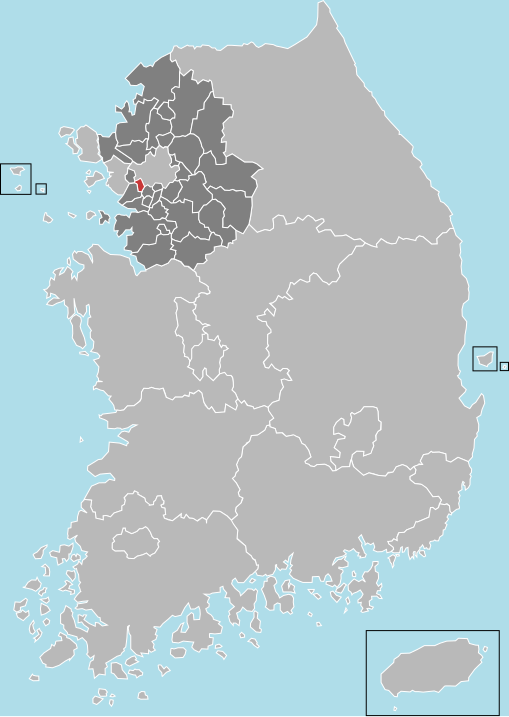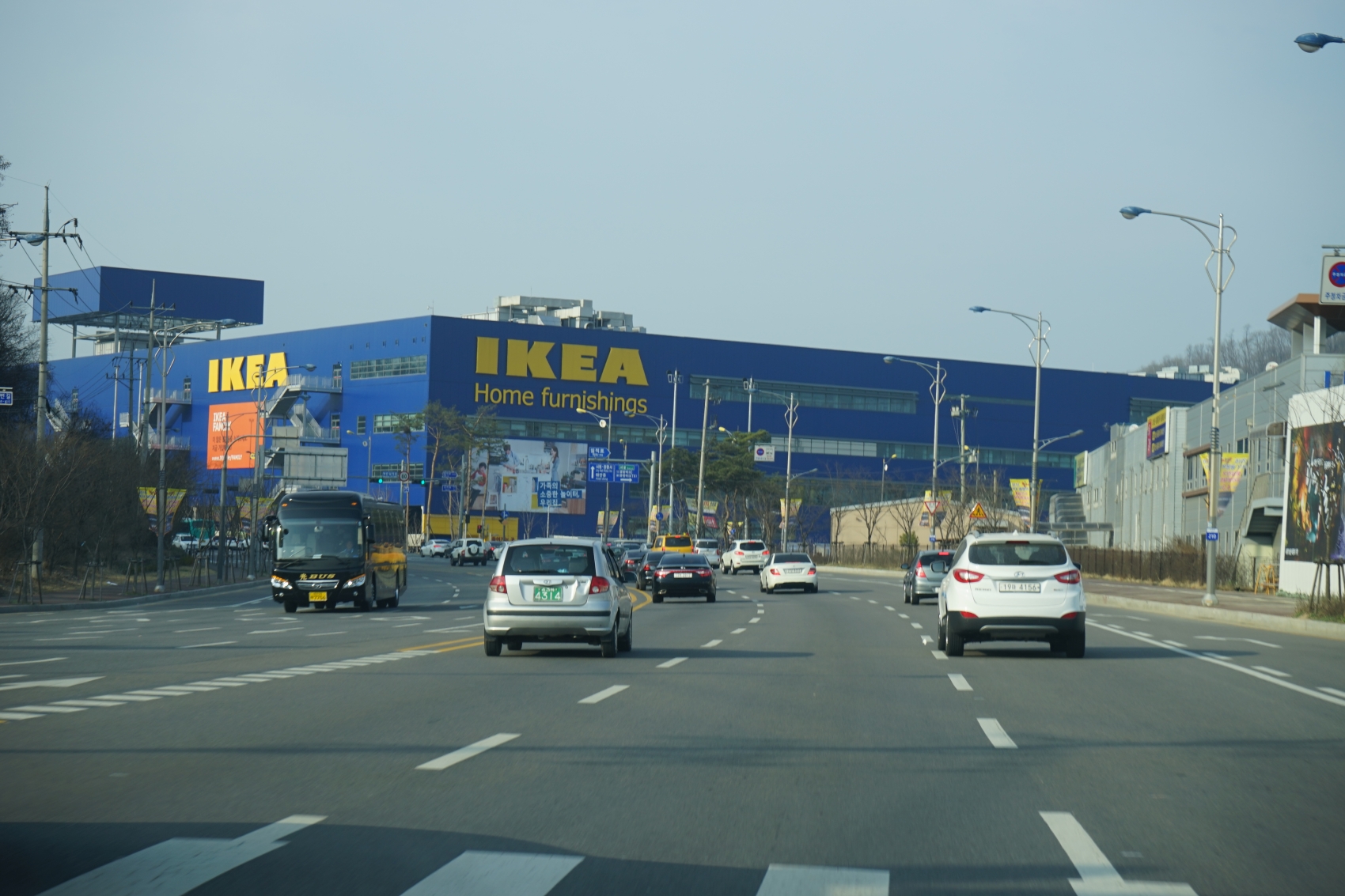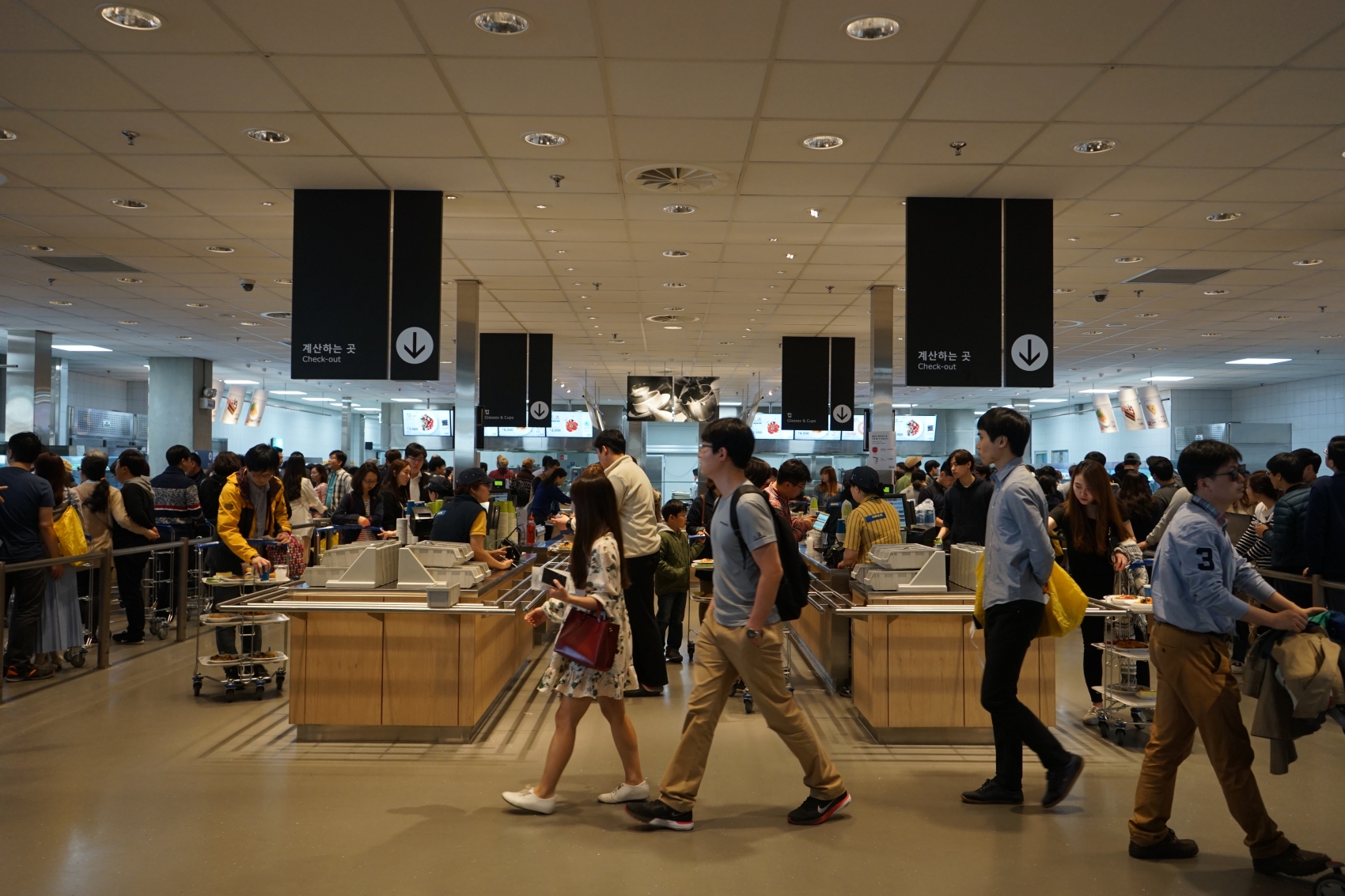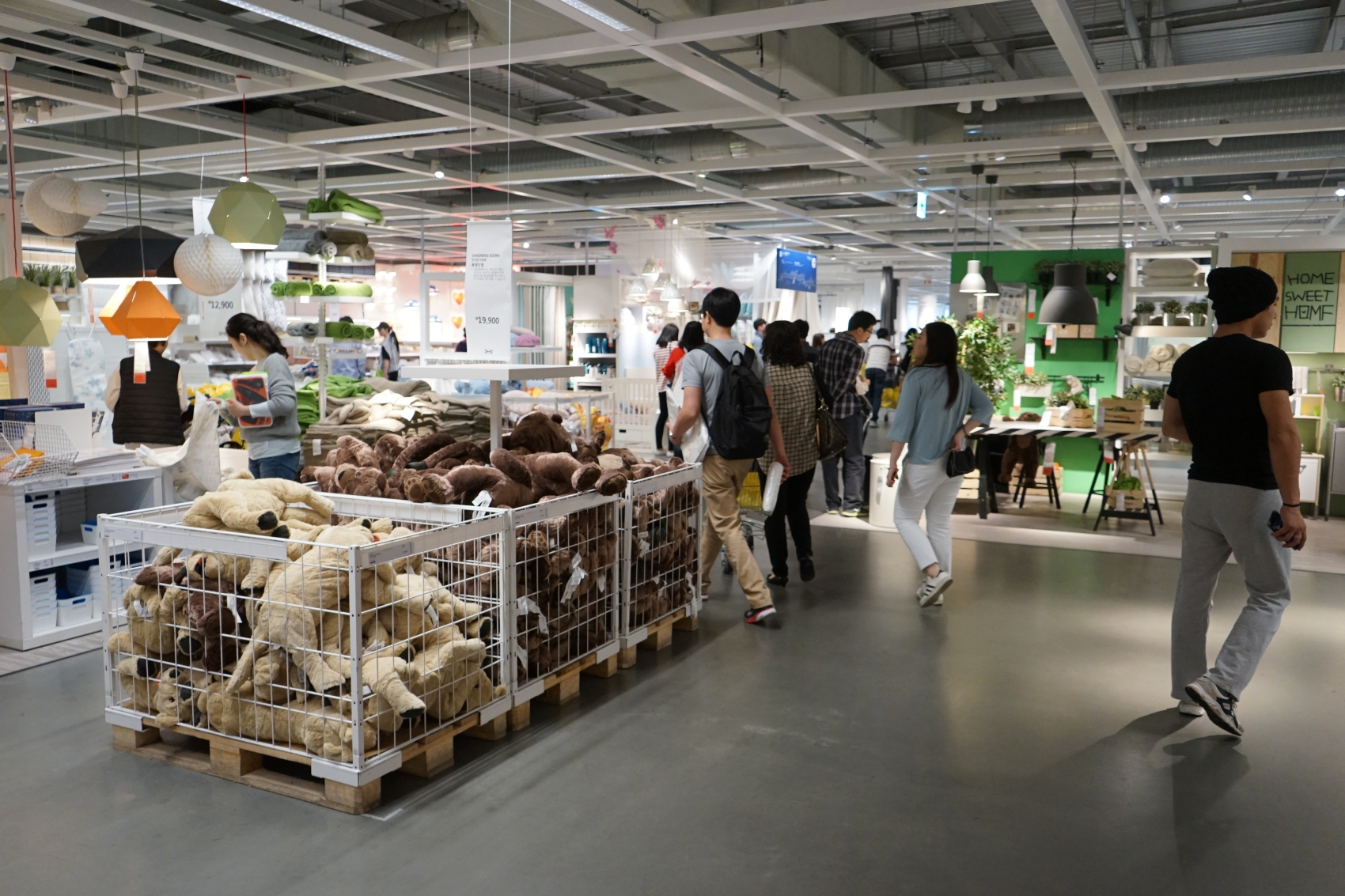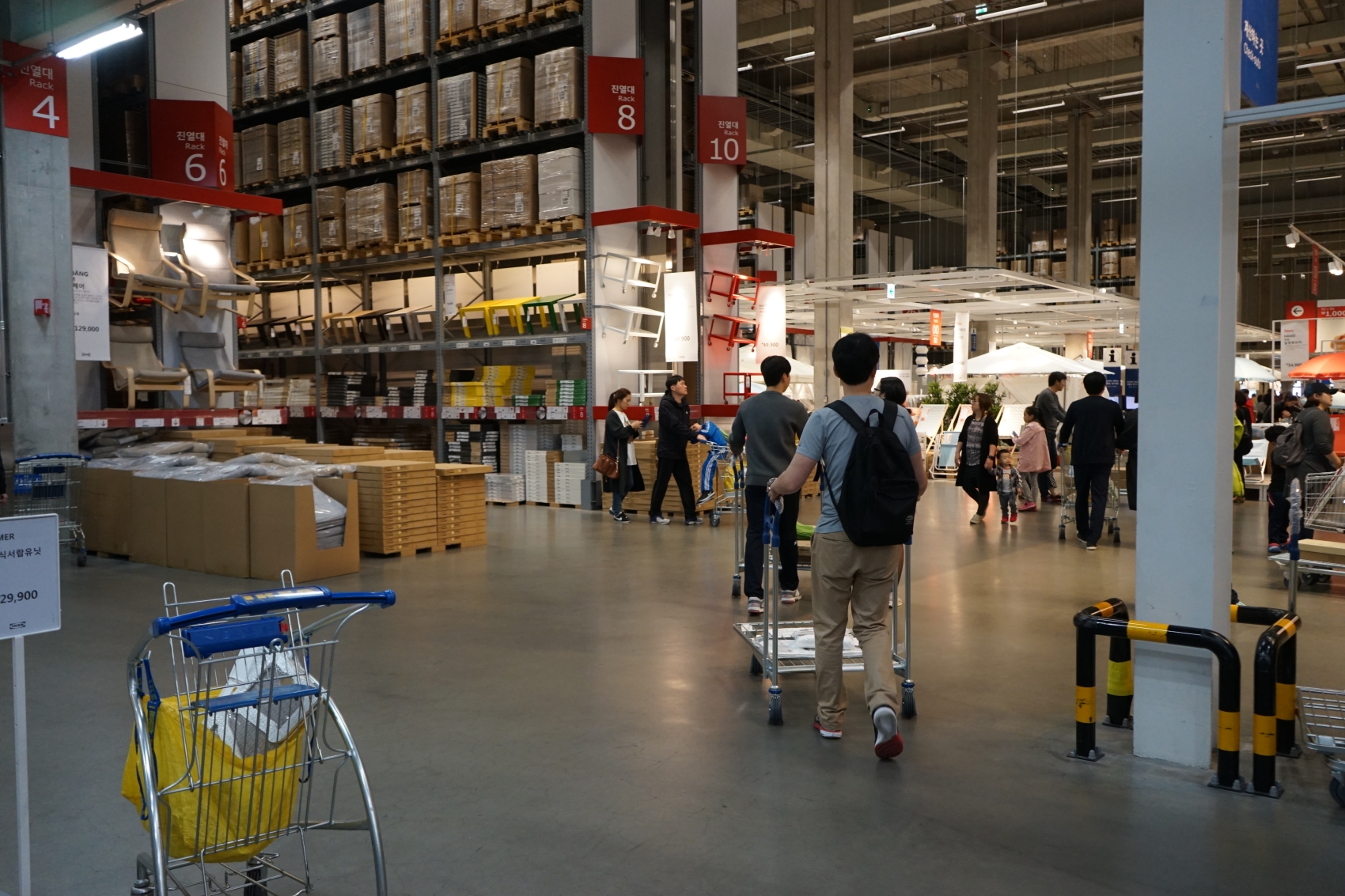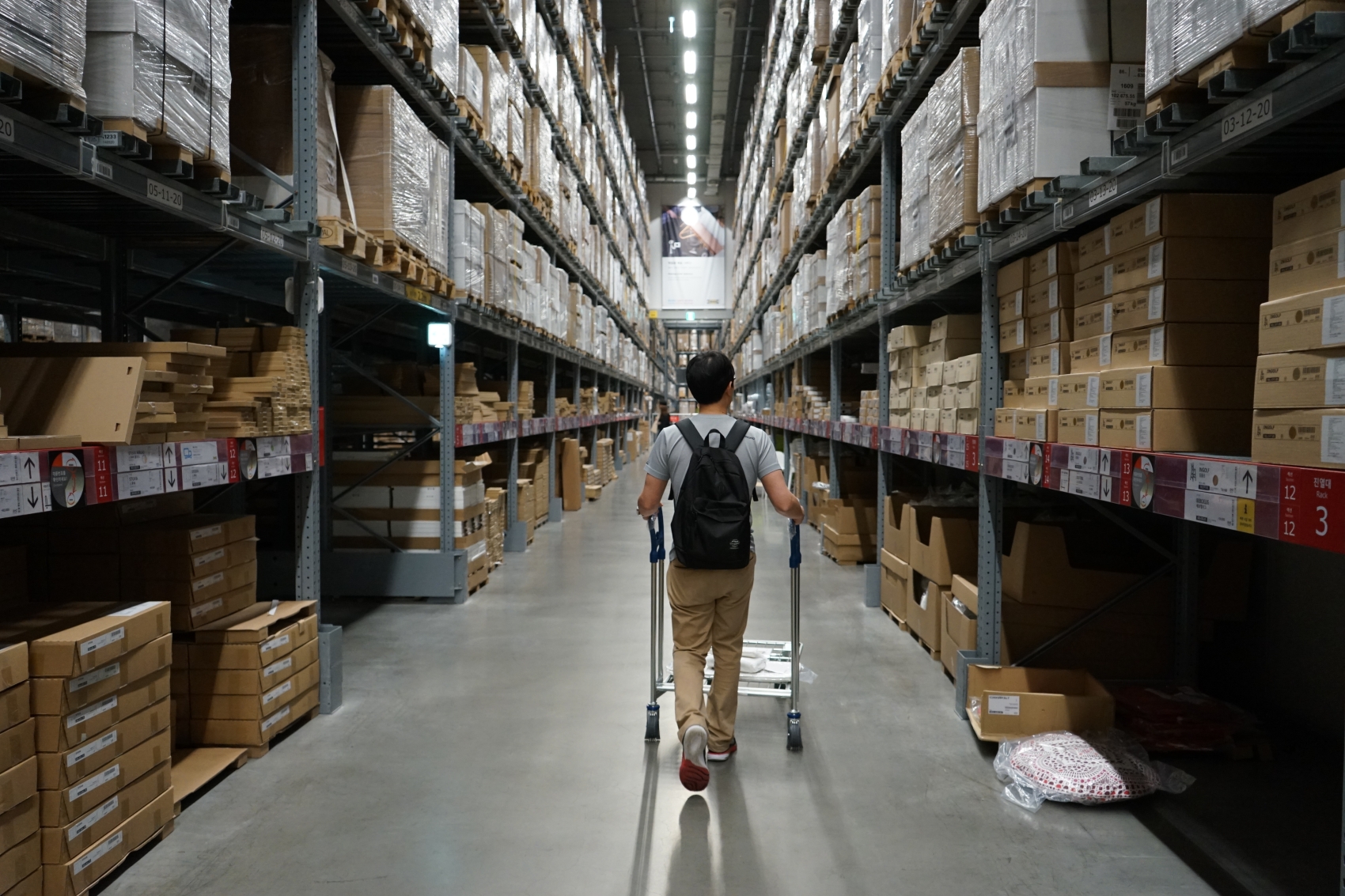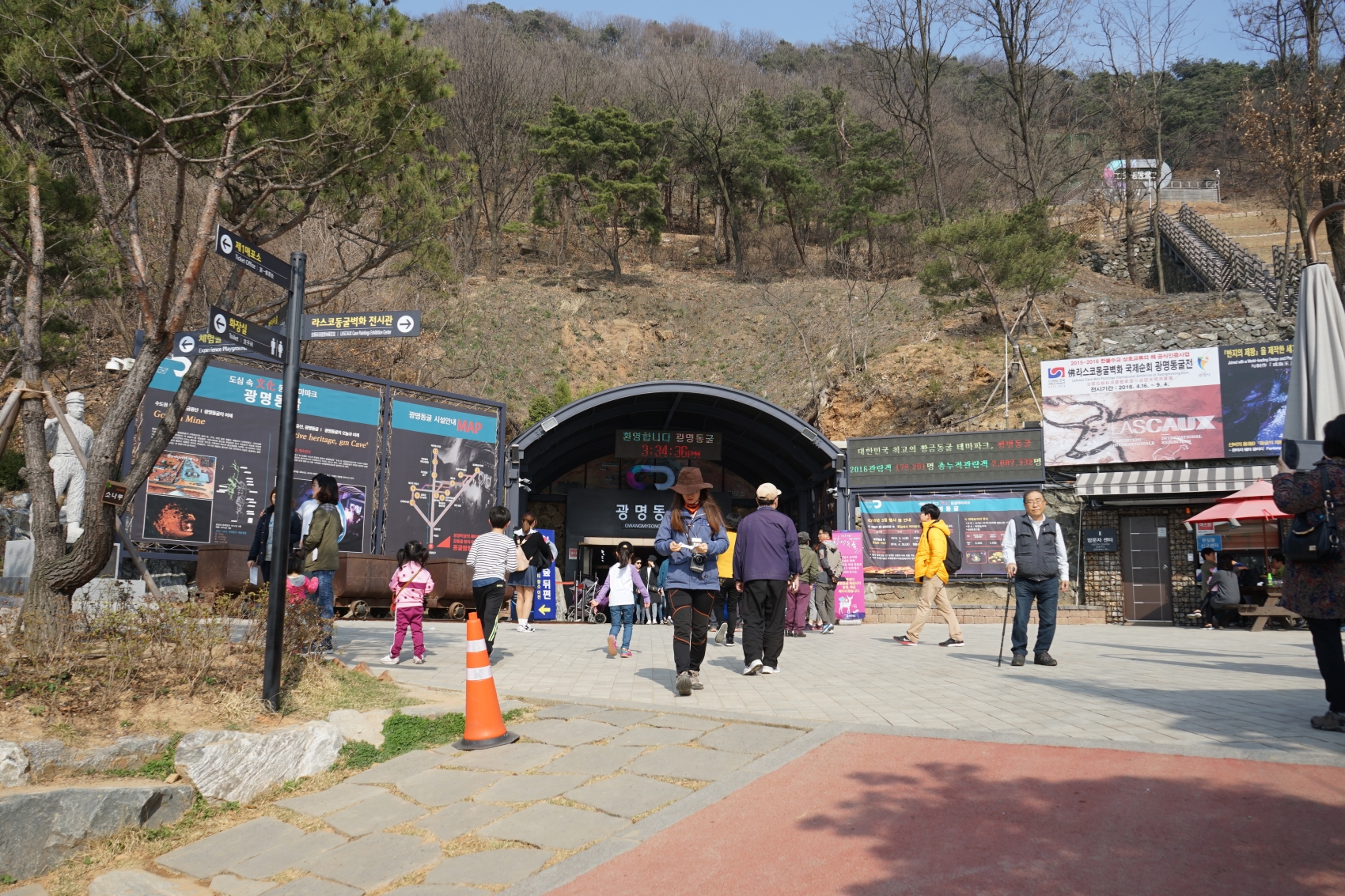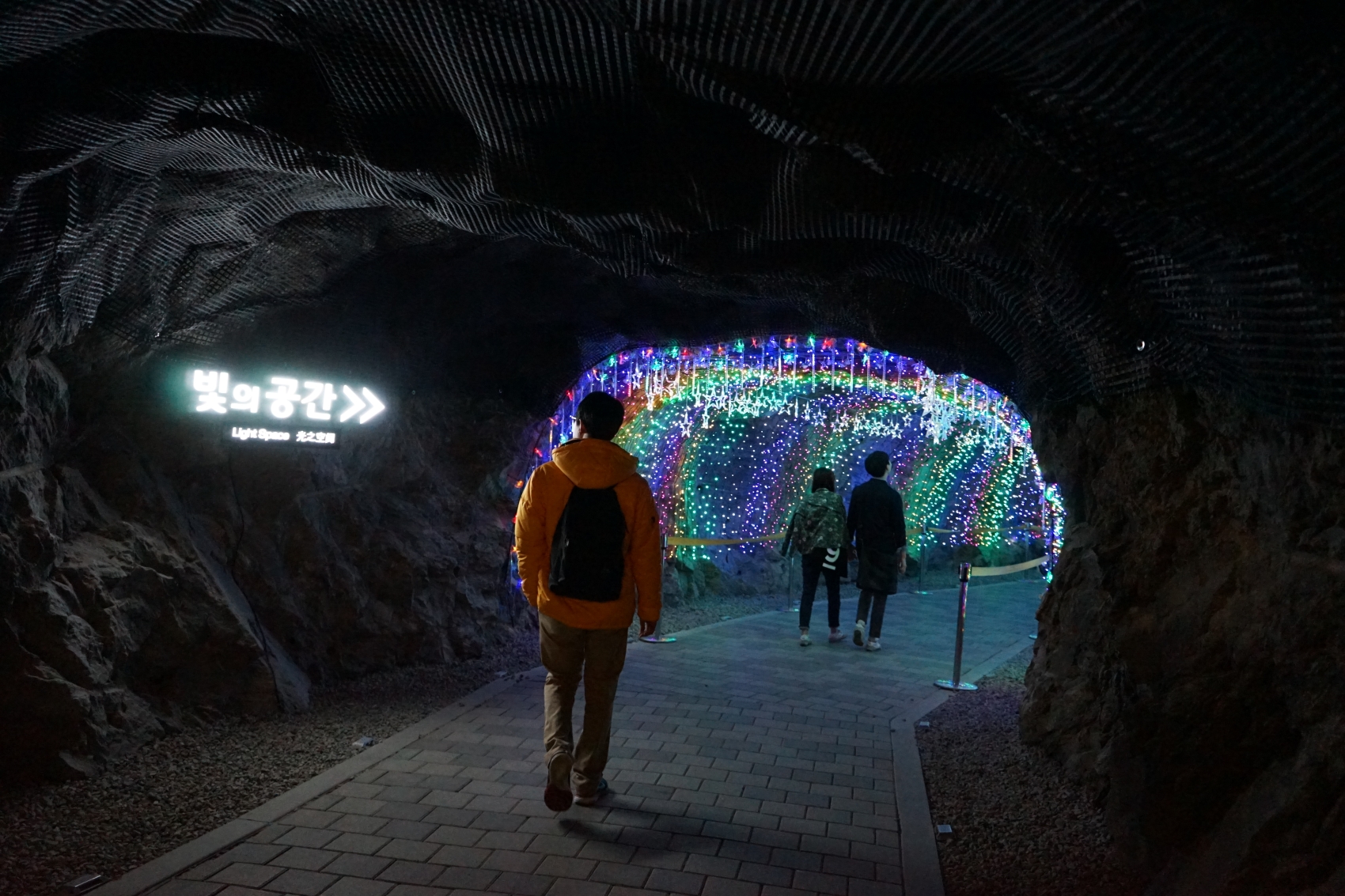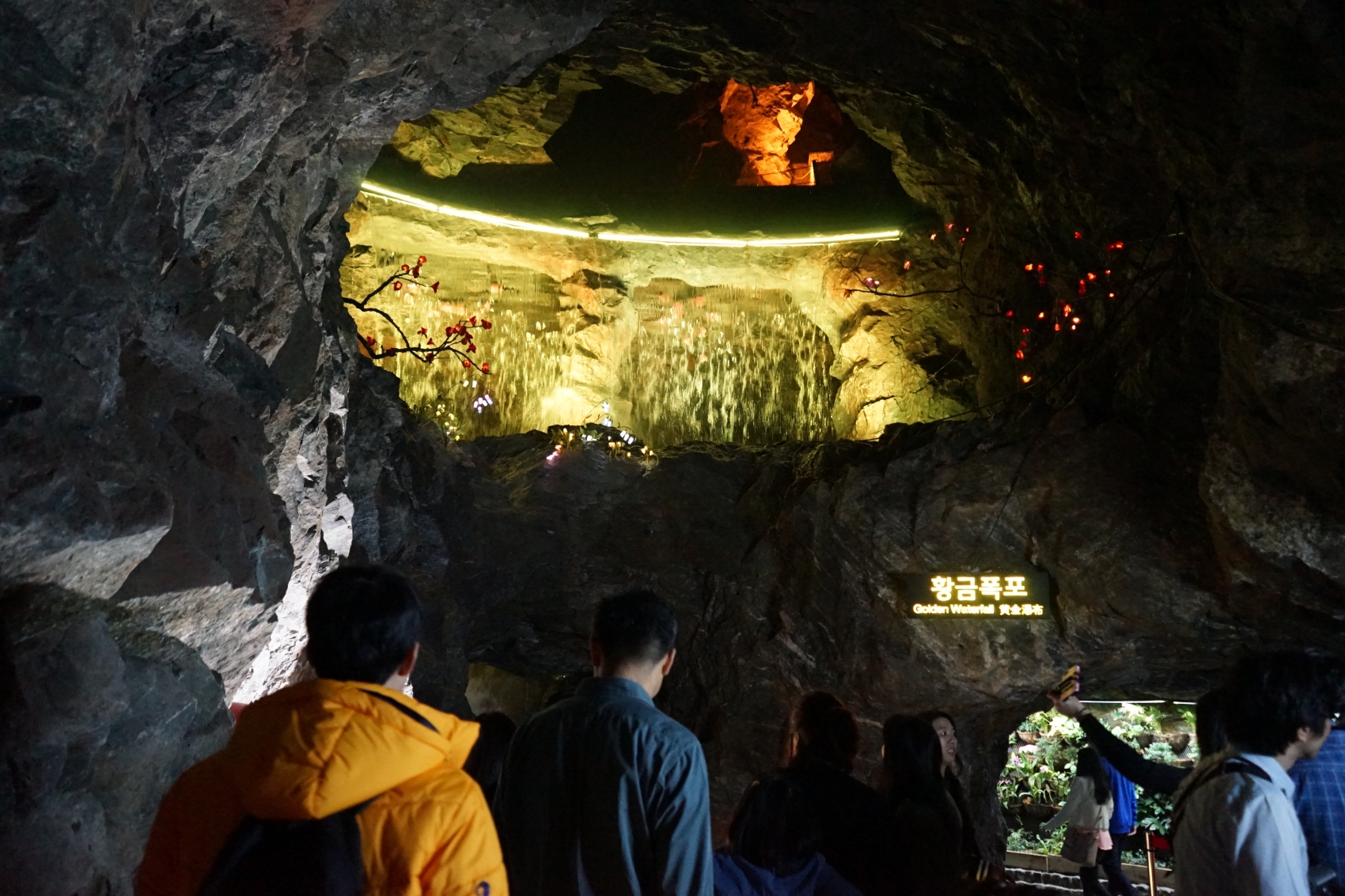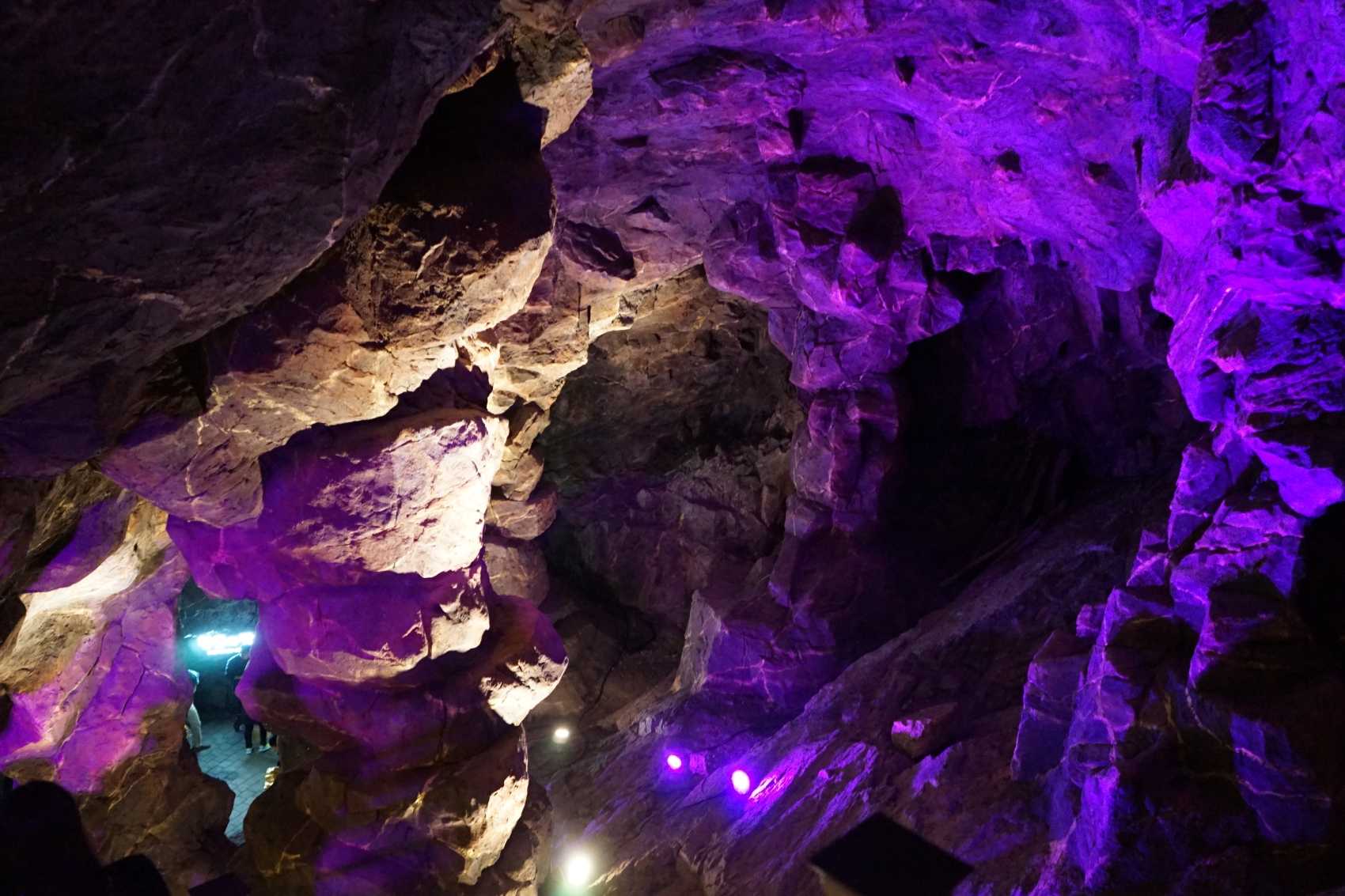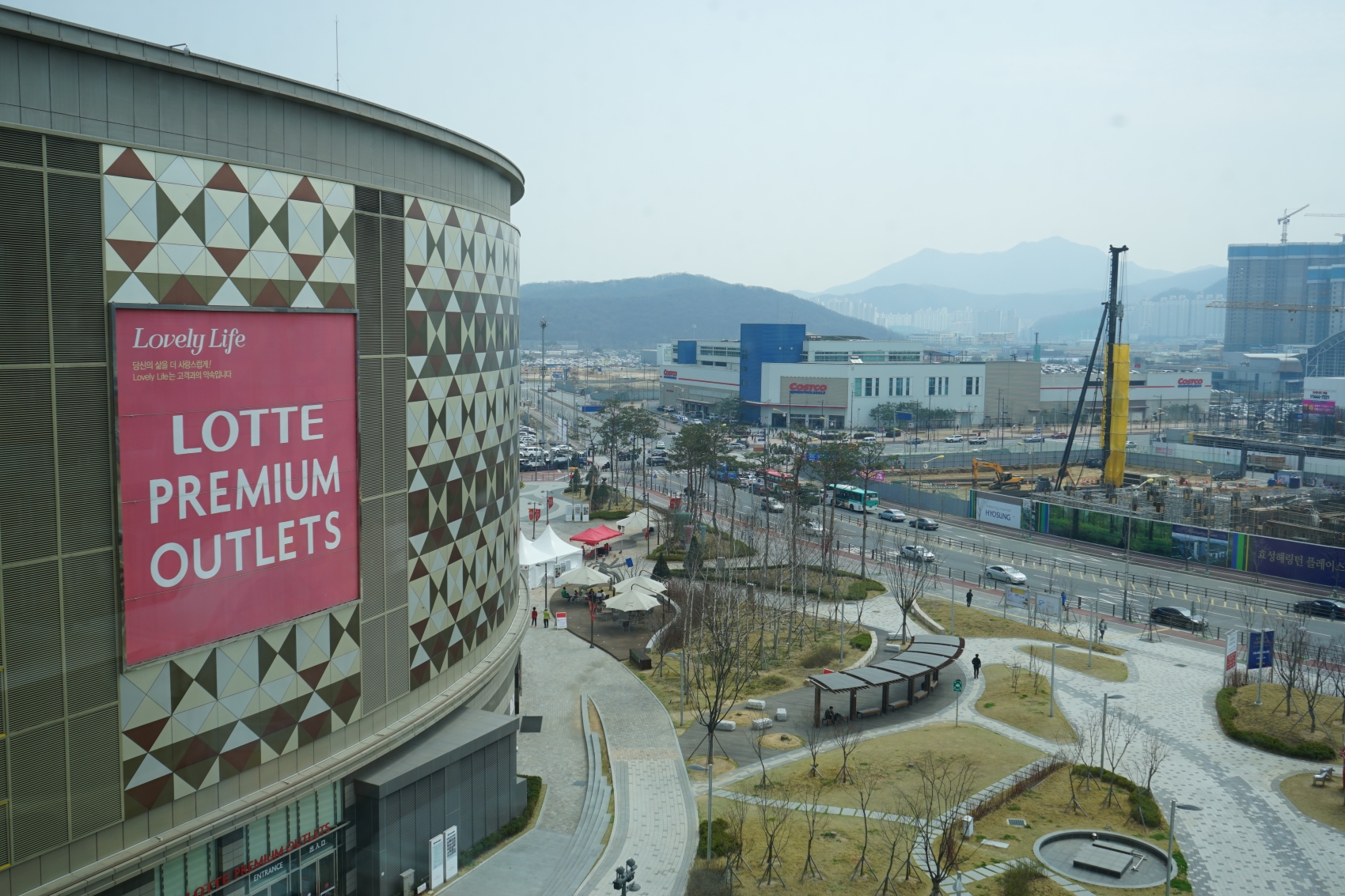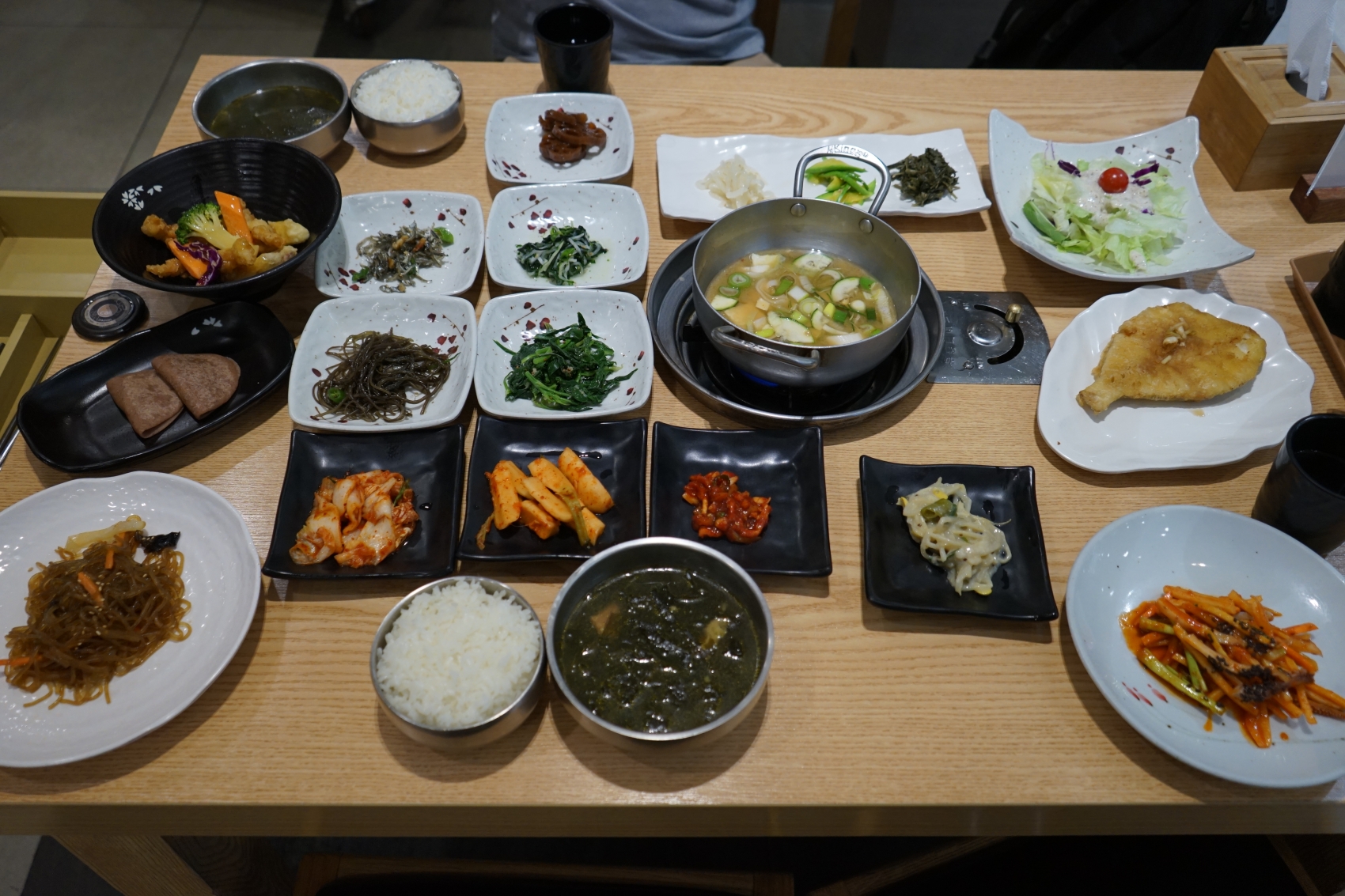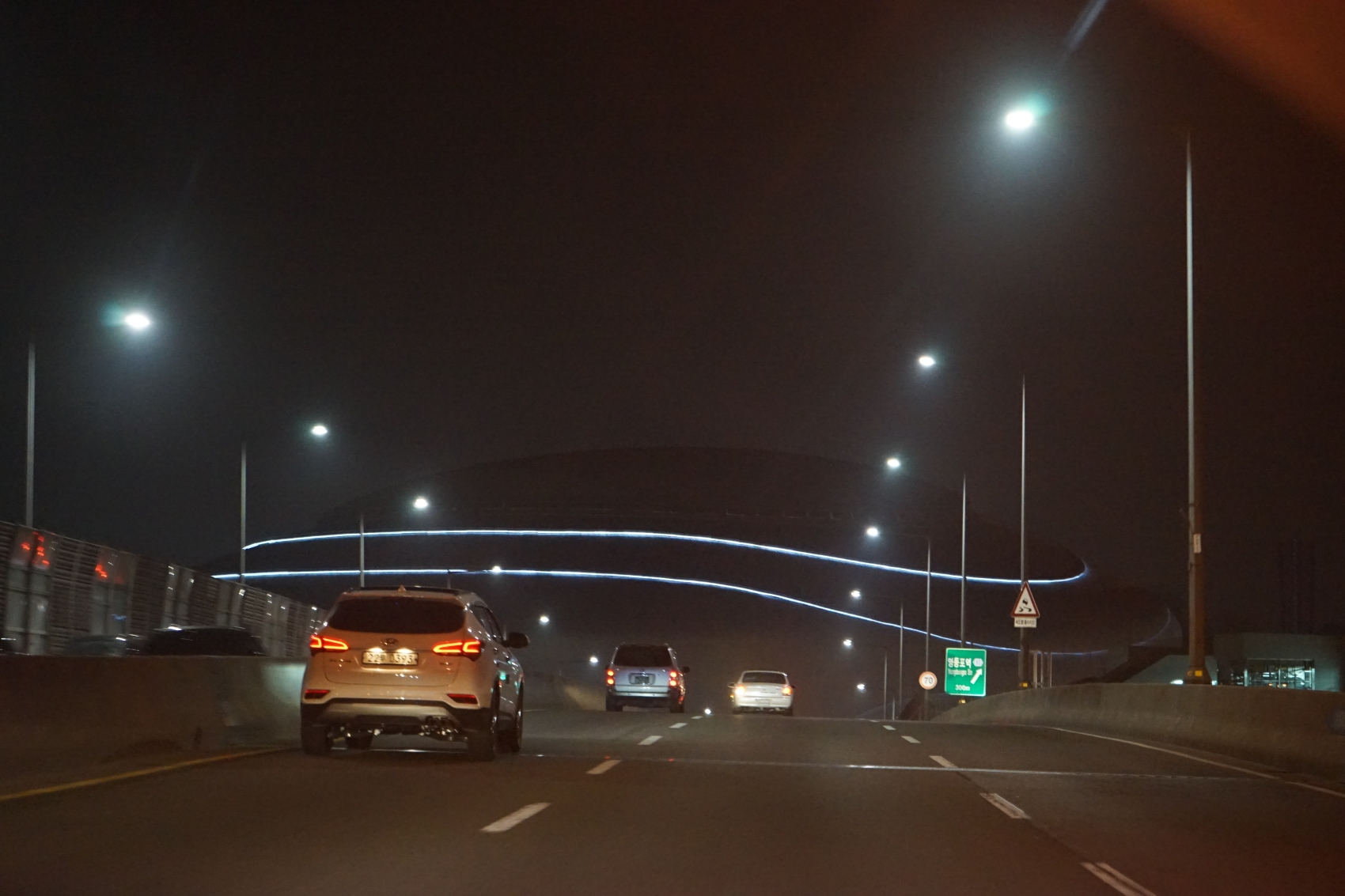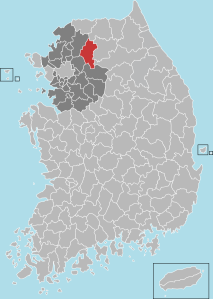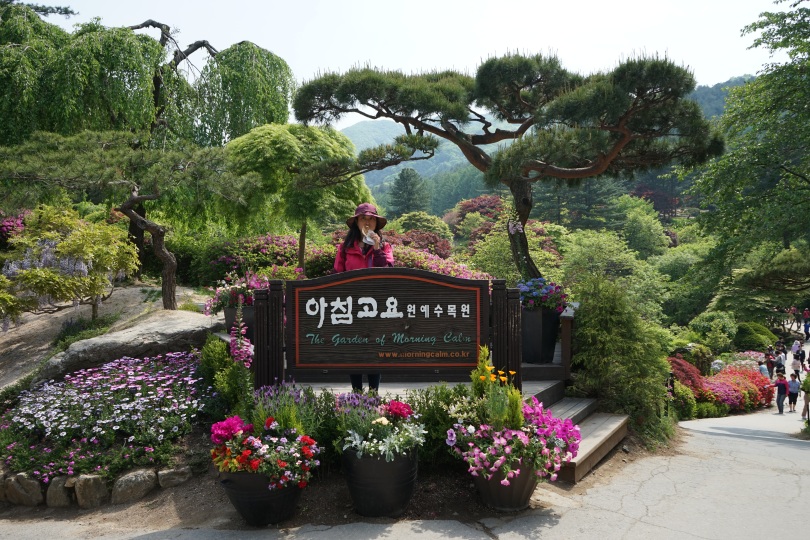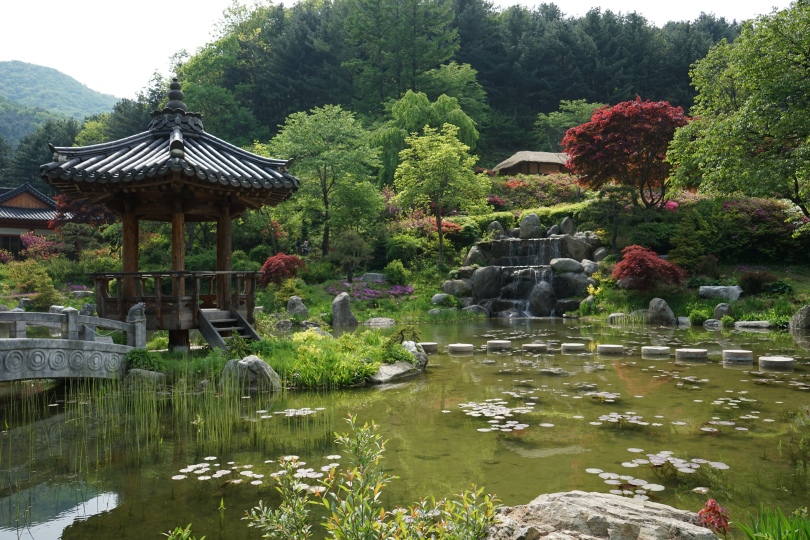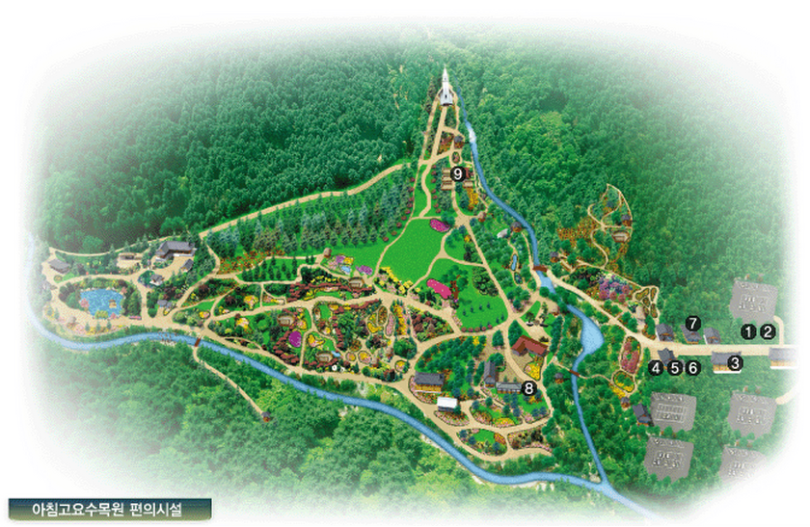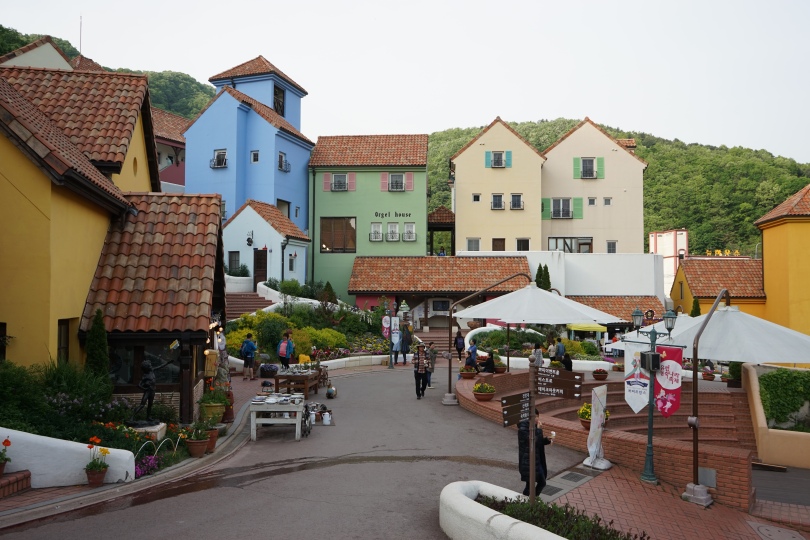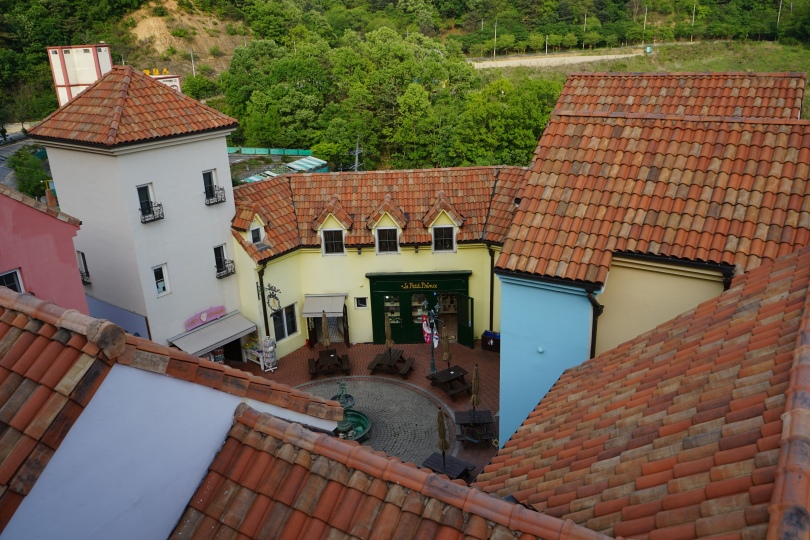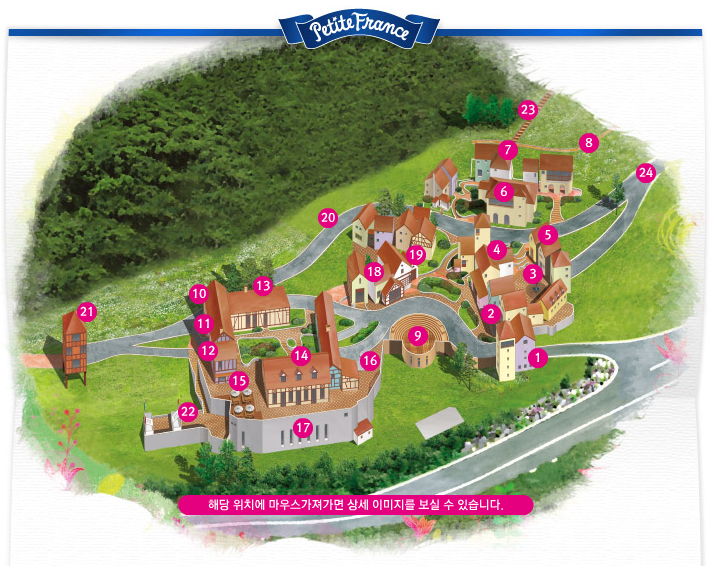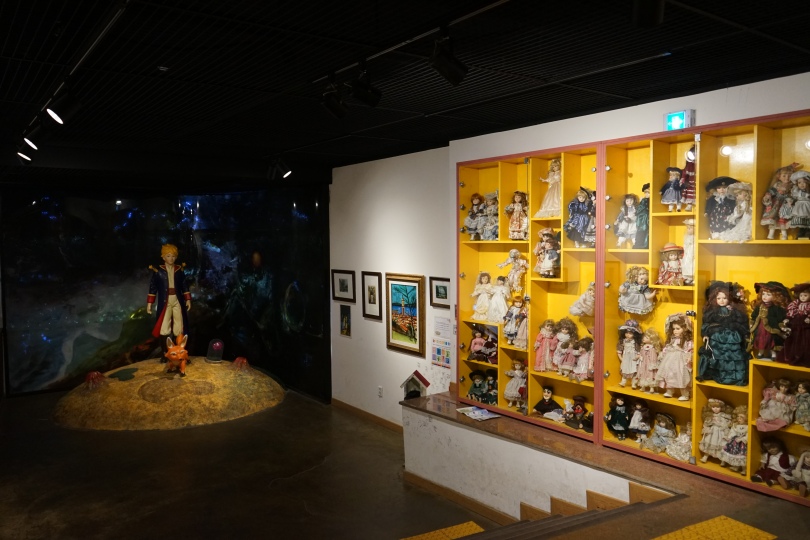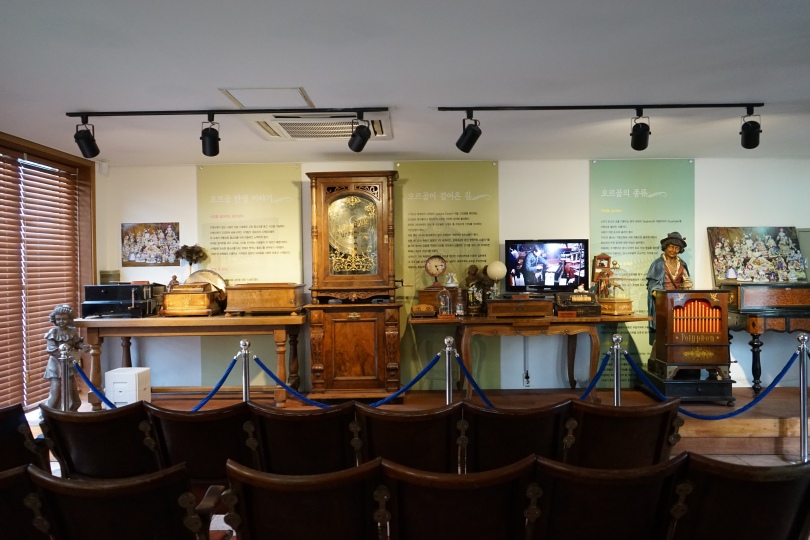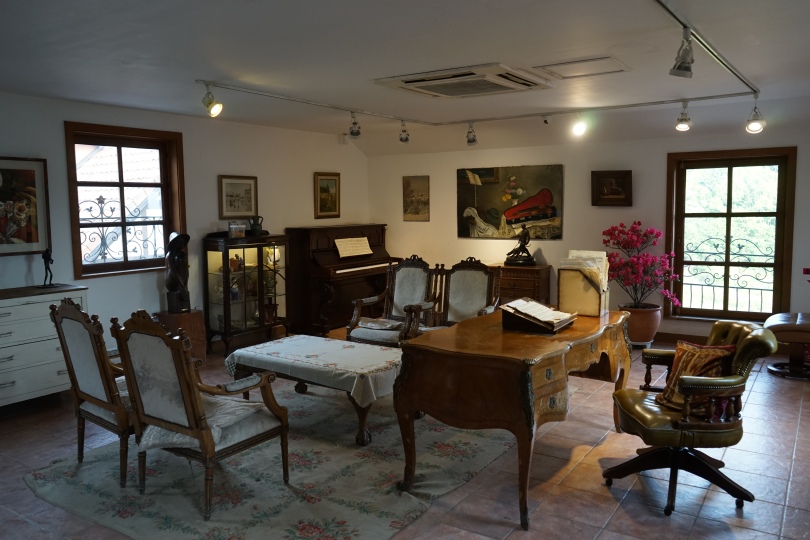Suwon is located just south of Seoul in Gyeonggi Province 경기도. It’s noted for the massive Hwaseong Fortress 화성 and related relics which include a palace, shrine, temples, etc. This fortress was built by King Jeongjo in 1794-1796. He stayed in the Hwaseong Haenggung Palace 화성행궁 located within the fortress walls during his trips to his father’s, Prince Sado’s, grave, and made 13 trips here which was a testament to his sense of filial piety given how difficult traveling was back then. For that reason you’ll hear often about how Suwon is a city full of filial piety.
TRAVEL ITINERARY: ONE DAY PLAN
1. Suwon Museum 수원박물관
2. Suwon Hwaseong Museum 수원화성박물관
3. Hwaseong Haenggung Palace 화성행국 / Hwaryeongjeon Shrine 화령전
4. Hwaseong Fortress 화성
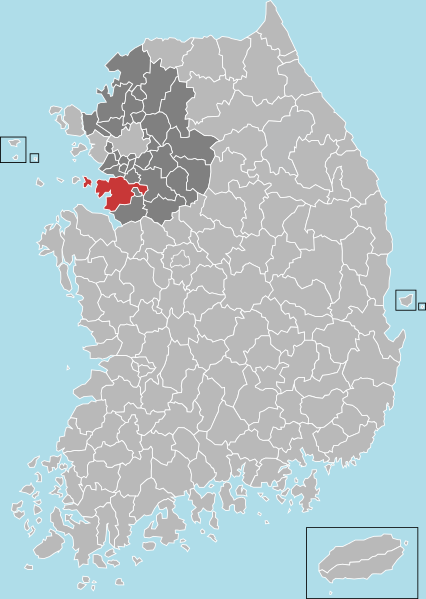
You can get to this city by going to Suwon Station 수원역. From Seoul, you can get there by subway line one, and from other cities you can get to Suwon Station by bus or train. There is an information center right outside exit number one of Suwon Station where you can pick up some pamphlets/map.
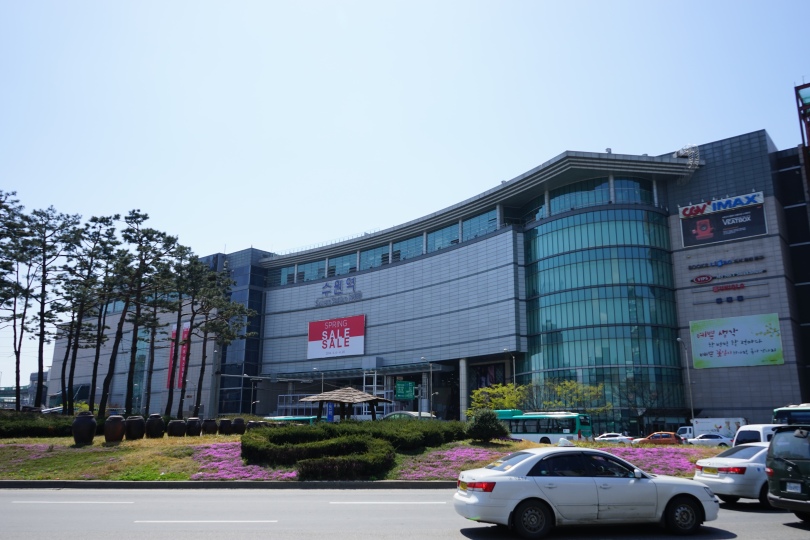
Before checking out the fortress, I wanted to get some historical context, so I went to visit the museums first. My first destination was the Suwon Museum 수원박물관. To get there from Suwon Station, go out exit number 7. There you’ll find a large bus stop. Take buses 60, 660, 70-2, or 770-2 to get to the museum. The bus ride takes around 20-25 minutes, and once you get off you will have to walk about 10 minutes (750 meters) to the museum. Walk up the street in the direction the bus came from towards the SK gas station. From there you’ll see a sign for the museum. Cross the street and and you’ll find it at the top of the hill there.
The Suwon Museum is made up of the Museum of History and the Calligraphy Museum. The historical portion is organized chronologically and it showcases both prehistoric Suwon and modern Suwon. My favorite part was the 1960s zone which was a recreation of a town center where you could go inside tea shops, food stalls, clothing stores, a photography store, and much more. The calligraphy portion included mostly writings and paintings from kings and poets.
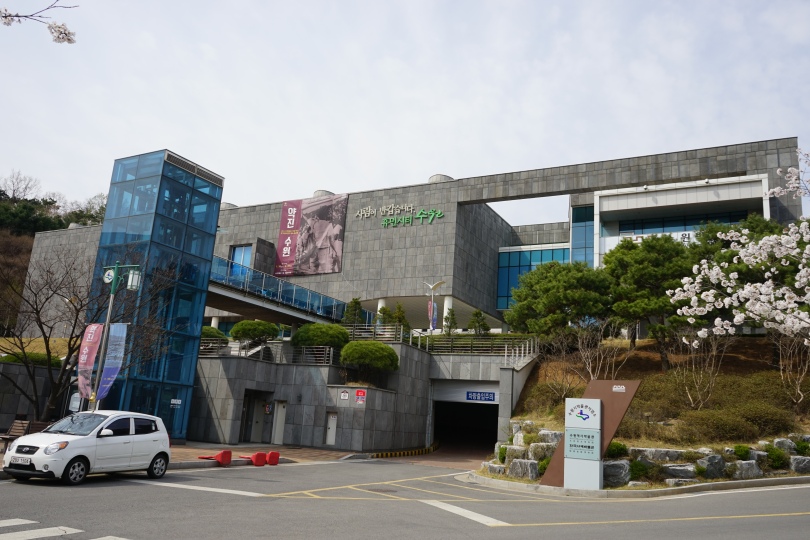

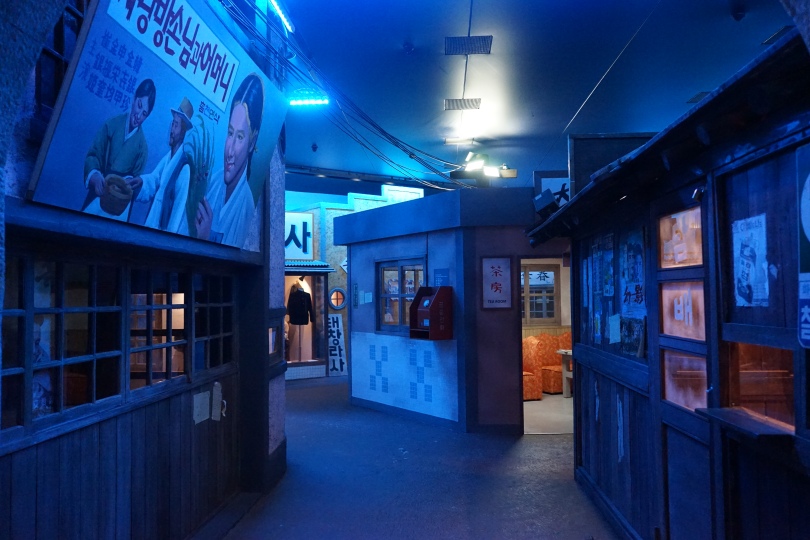
Suwon Museum Admission Fee: 2,000 won / adult*
Operating Hours: 9am – 6pm / Closed every 1st Monday of each month
Contact Information: 031) 228-4150 swmuseum.suwon.go.kr
Average Viewing Time: 1 hour
*There is a combination ticket for 3,500 / adult that gives you admission to the Suwon Museum, Suwon Hwaseong Museum, Hwaseong Haenggung Palace/Shrine, and Hwaseong Fortress. This would cost you 6,500 won / adult when purchased seperately.
Then take a bus to the Hwaseong Museum. The bus stop is in a different location from the one where you got off so ask the museum front desk for directions if you can’t find it. You can take bus 6, 7-2, 47, 60, 400, 400-4, 660, 700-2, or 1007. They will all take you to right outside the Hwaseong Museum entrance.
The Hwaseong Museum was built to show how the fortress was constructed and how it was used. Here I learned about the scholar Jeong Yakyong who was a key figure in the fortress construction for standardizing raw materials and developing scientific machinery such as the Nokro (a crane/pulley) and the Geojunggi (crane). There’s also the story of the 60th birthday celebration of King Jeongjo’s mother (Lady Hyegyong) which took place at Haenggung Palace. Generally, the 60th birthday is important in Korea, because there are 5 cycles of the 12 animal zodiac, so 60 years represents a completed life cycle. These days though, the 60th birthday celebrationg is becoming less important because of longer lifespans, but it’s still considered a milestone.
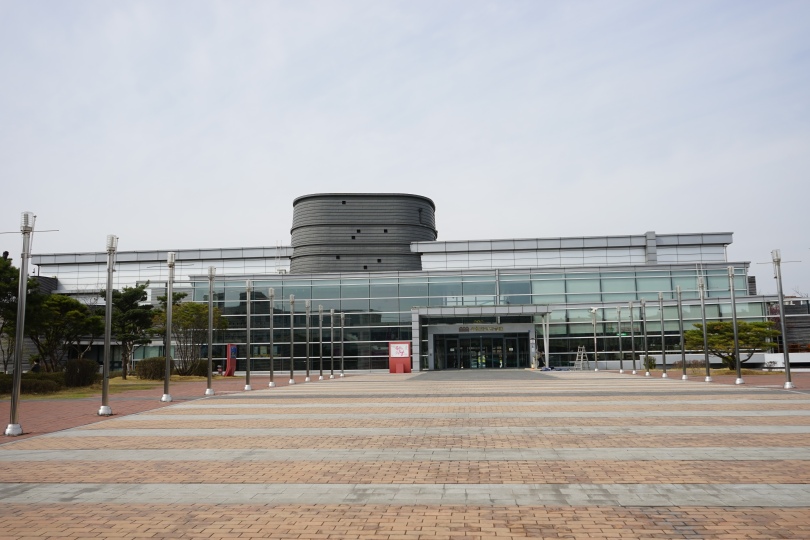
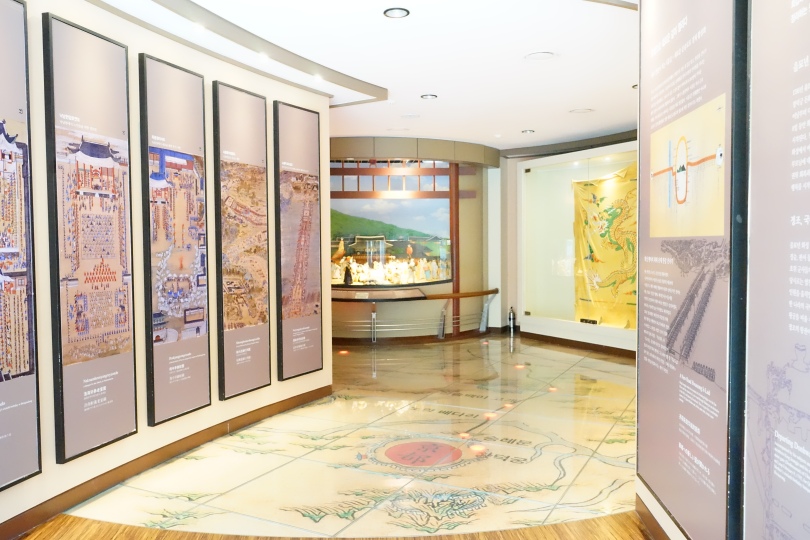

Suwon Hwaseong Museum Admission Fee: 2,000 won / adult*
Operating Hours: 9am – 6pm / Closed Mondays
Contact Information: 031) 228-4242 hsmuseum.suwon.ne.kr
Average Viewing Time: 30-45 minutes
From the museum it was a short walk to the Hwaseong Haenggung Palace 화성행국 / Hwaryeongjeon Shrine 화령전. The palace was built in 1789 by King Jeongjo. He intended to live here with his mother after he retired from the throne, so this palace is much more elaborate than other temporary palaces I have seen.
Another theory for why this temporary palace is so elaborate is that King Jeongjo built it in order to move the capital here, away from all the political turmoil in Seoul. King Jeongjo’s grandfather, King Yongjo had no sons with his queen, and only two sons with his lesser wives. One of these sons died young and the surviving son, Prince Changhon aka Prince Sado, was made crown prince. However, Prince Sado later became increasingly erratic and was alleged to have had a mental illness. In 1762, King Yongjo ordered his son to be placed in a rice chest and smothered to death. This led to many political factions emerging and there was a power struggle when King Jeongjo suceeded his grandfather.
Btw, Lady Hyegyong (1735-1815) who is Prince Sado’s wife and King Jeongjo’s mother wrote an autobiography based on these events titled Hanjungnok (Records Written in Silence.) It is considered a literary masterpiece today and a rare insight into court life in the 18th century, especially since so few women of the time were literate.
Unfortunately, most of this palace was actually destroyed by fire during Japan’s colonial rule of Korea, but it was restored starting in 1996, and has been open to the public only since 2003. On the weekends there are lots of experience programs here you can try for a small fee such as coin making and model building.
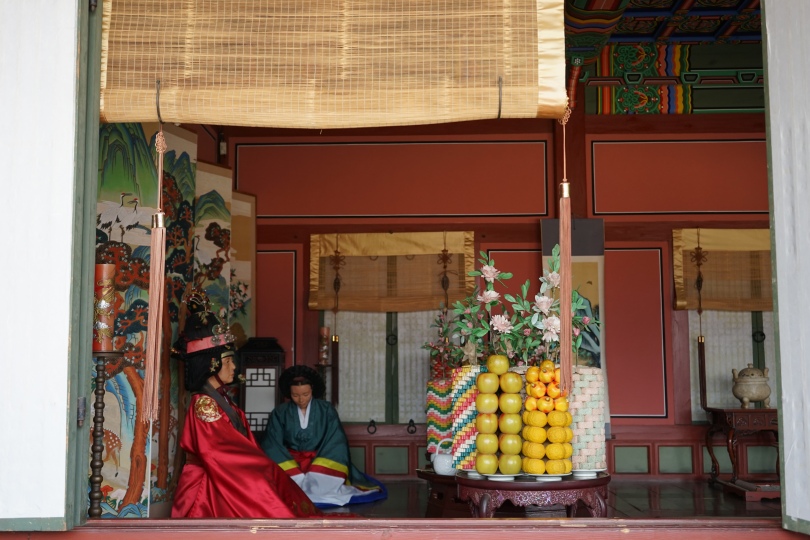
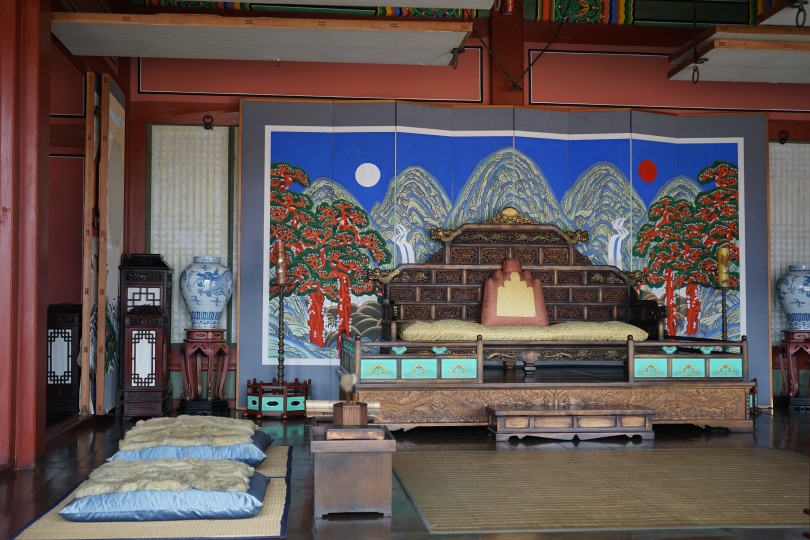
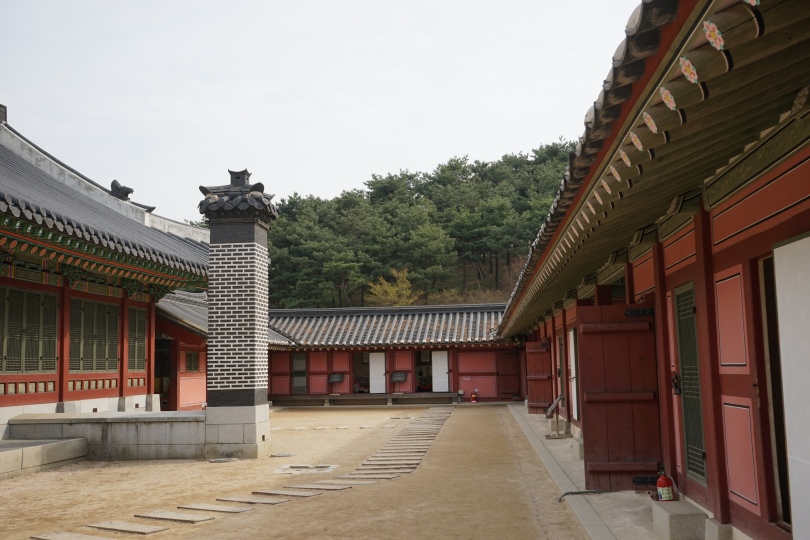
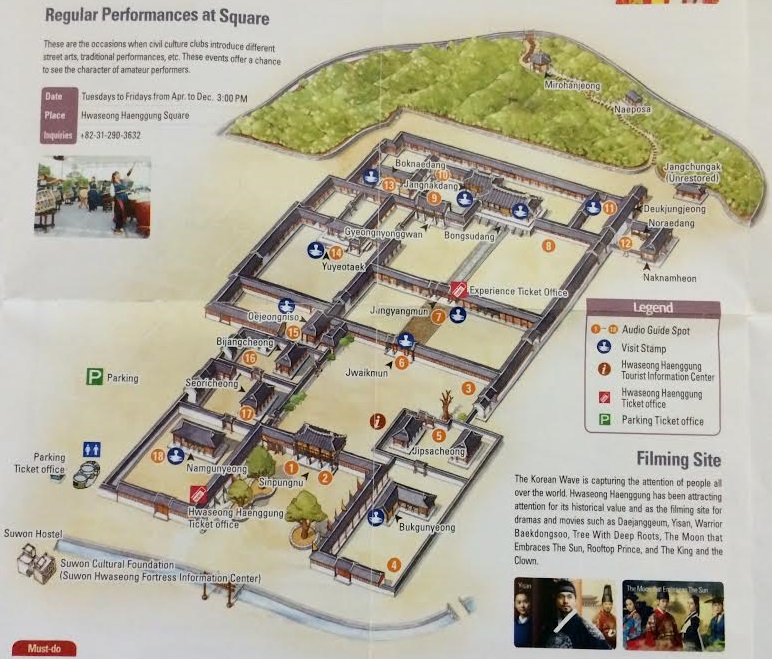
The palace is connected to the Hwaryeongjeon shrine 화령전 which houses a portrait of King Jeongjo. If you’ve been to the Jeonju Hanok Village, you’ll see similarities with the Gyeonggijeon Shrine 경기전 honoring King Taejo. The postures of the two kings in the portraits are similar, and so are the color schemes. The King Taejo shrine was a lot larger though, which makes sense since Taejo was the first king in the Joseon Dynasty.
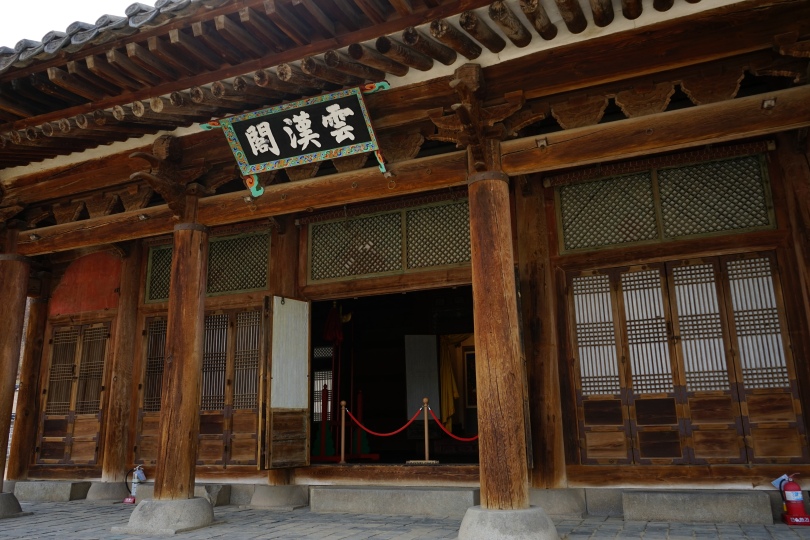
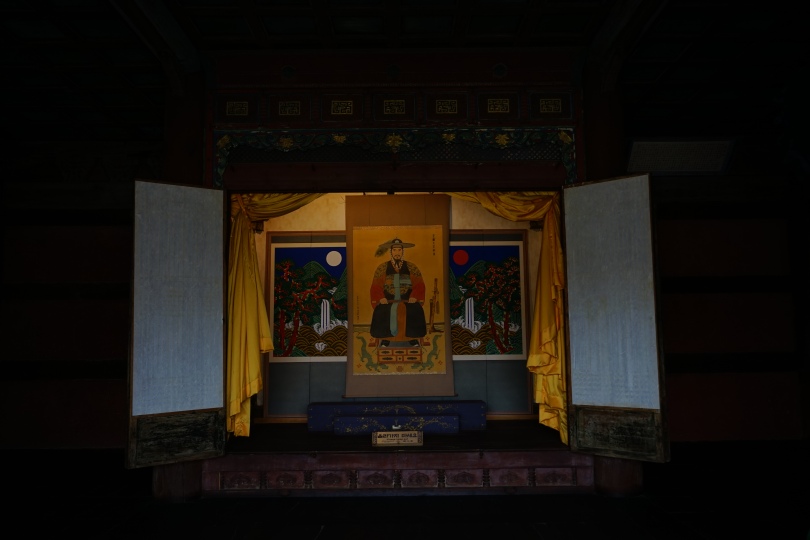
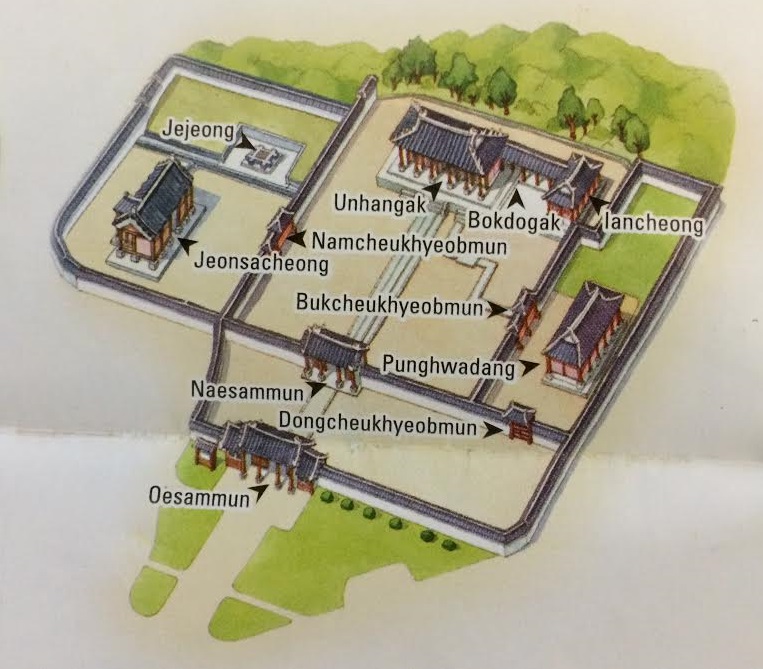
Hwaseong Haenggung Palace / Hwaryeongjeon Shrine Admission Fee: 2,000 won / adult*
Operating Hours: 9am – 9pm / Closed Mondays
Contact Information: 031) 290-3600 swcf.or.kr
Average Viewing Time: 1 hour
After the palace, check out the fortress walls. Paldalmun 팔달문(South Gate) is one of the most famous parts and it’s near the palace, so I would start out there. Then walk west along the walls. It took me about 1.5 hours (5.7 km) to walk the entire circumference of the fortress walls, but if you are tired, there is also a shuttle called the Hwaseong Trolley 화성열차. You can get on at the Paldal Mountain platform (west side) or the Yeonmudae platform (northeast side) and it stops at Hwaseomun, Jangan Park, Janganmun, and Hwahongmun so you can take a look around. The trolley is pretty cool because it’s supposed to look like the chair that kings rode in. Also if you have a smartphone, I recommend you download the “World Heritage Hwaseong” app which is a free tour guide service where you can listen to audio descriptions of places along the fortress wall as you pass by them.
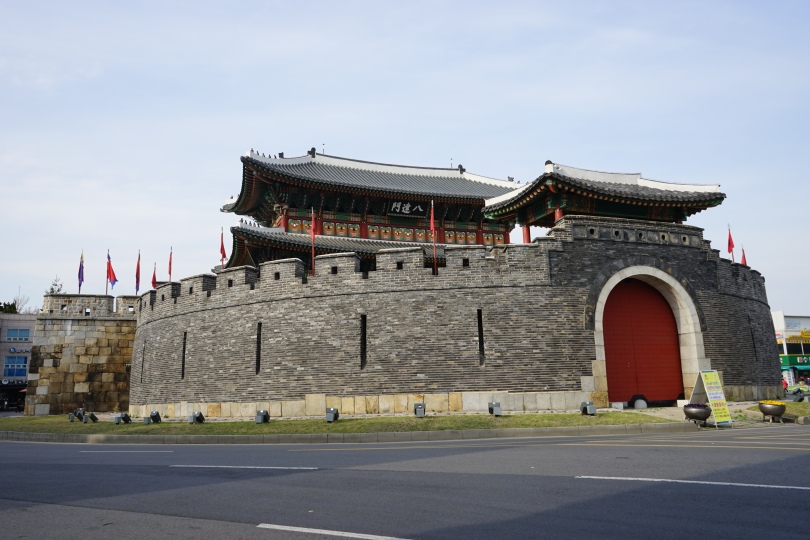
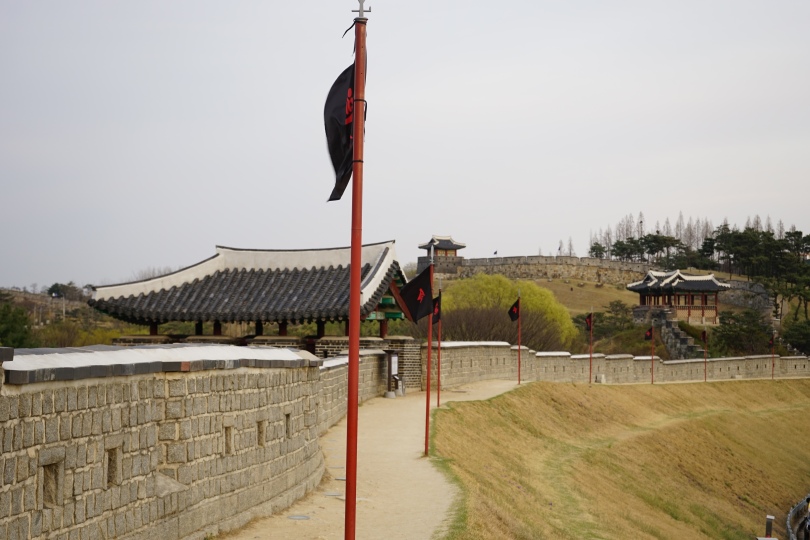
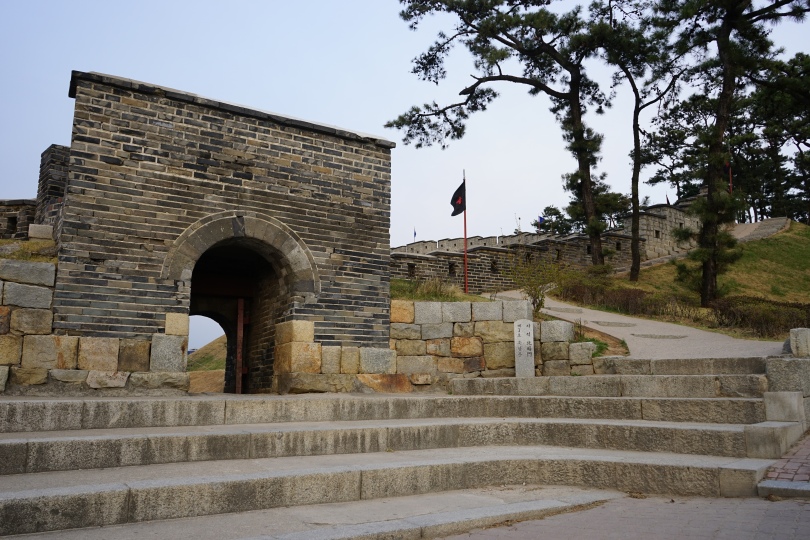
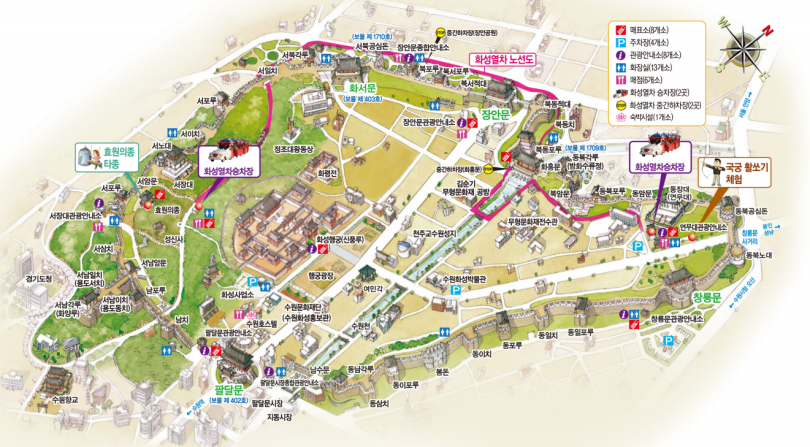
Hwaseong Fortress Admission Fee: 1,000 won / adult
Operating Hours: 24 hours
Average Viewing Time: 1.5 hours
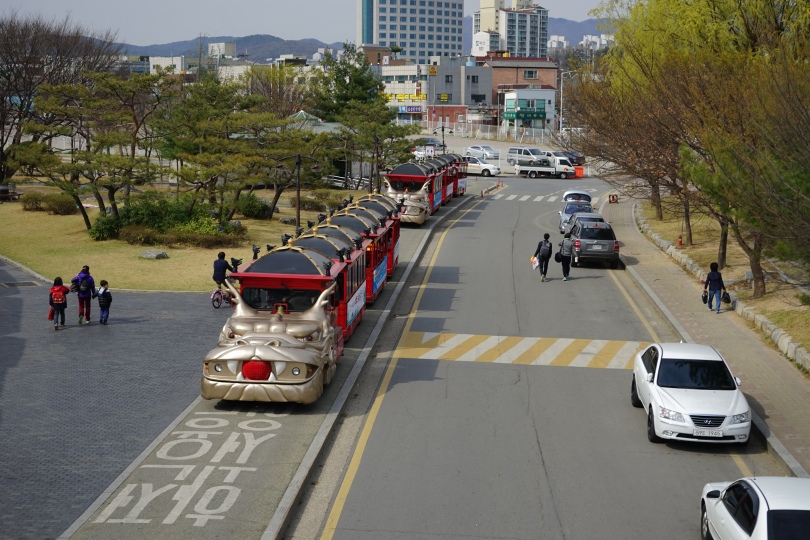
Hwaseong Trolley 화성열차 Fee: 1,500 won / adult
Operating Hours: 10am – 5pm / Closed New Years, Lunar New Years, Chuseok, rainy and snowy days
Contact Information: 031) 228-4683 (Paldal Mountain) 031)228-4686 (Yeonmudae)
Average Viewing Time: 30 minutes ride
If you’ll looking for some dinner suggestions, Suwon is known for 갈비, grilled marinated beef short ribs. That’s because up until 1940, Suwon was the home of Korea’s largest cattle market. Cattle were butchered in large numbers in order to feed and strengthen construction workers while the fortress was built, which resulted in a long standing cattle market.
There is a lot more to do in Suwon, but this is all I could fit in one day. ^^
Relevant Links
http://discoveringkorea.com/090119/suwon-hwaseong-fortress/
